Products Spring Grains Oat Arab
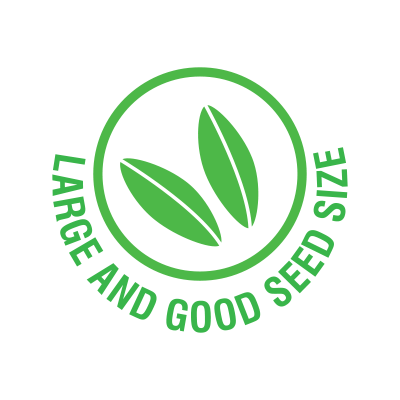
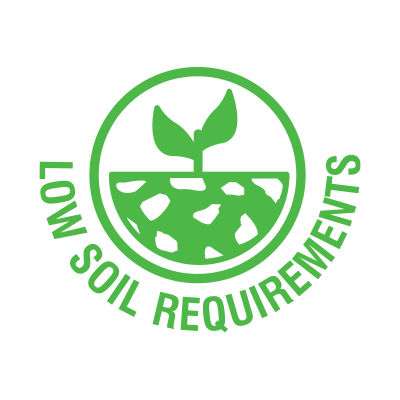

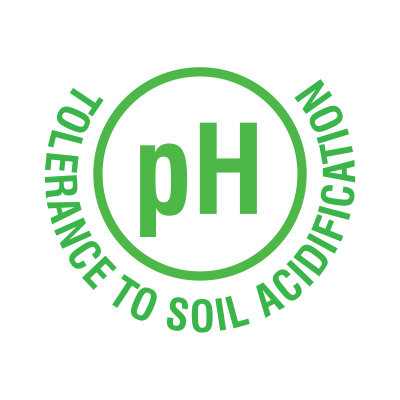

Special features of oat Arab
- Excellent for organic farming.
- Very low gluten content.
- Low soil requirements.
Other information
- Medium height plants, with good lodging resistance.
- Mid-late maturity date.
- Variety with low soil requirements, tolerant to acidification.
- Large, robust grains with a high density of 50-56% per hectoliter, even in organic farming. Low proportion of husk.
- High level of yield, up to 8 t/ha.
- Very high protein content, which ensures the high nutritional value of this variety.
- High disease resistance, especially to leaf septoria.
- Medium-late variety, recommended for organic farming.
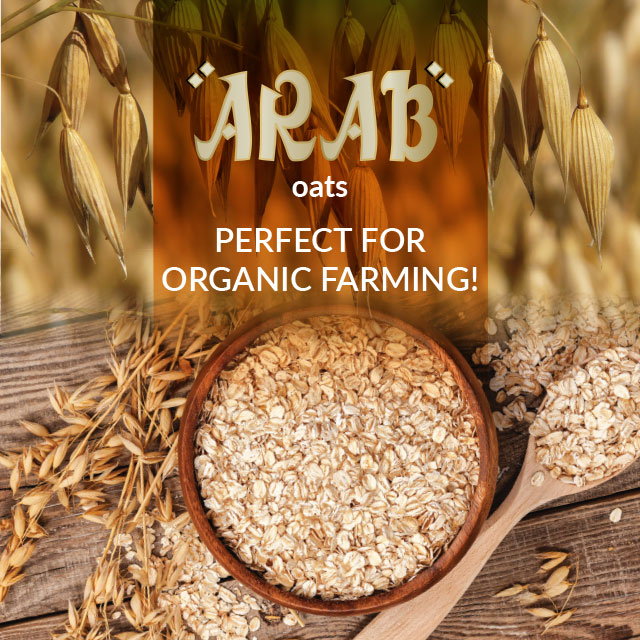
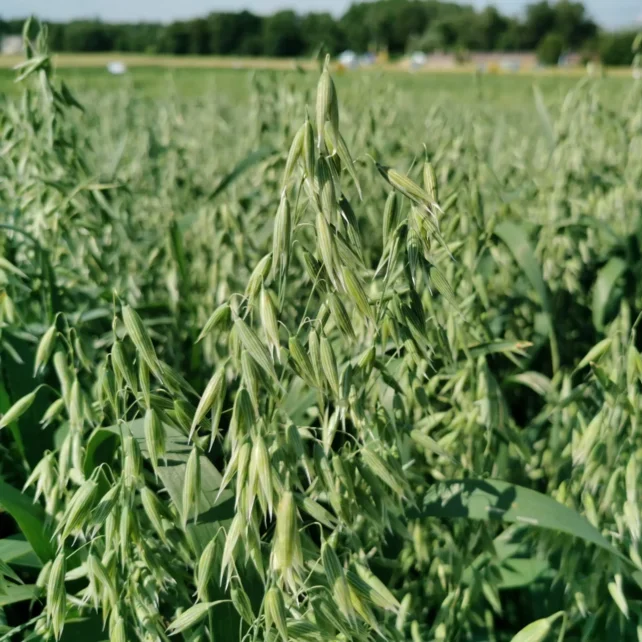

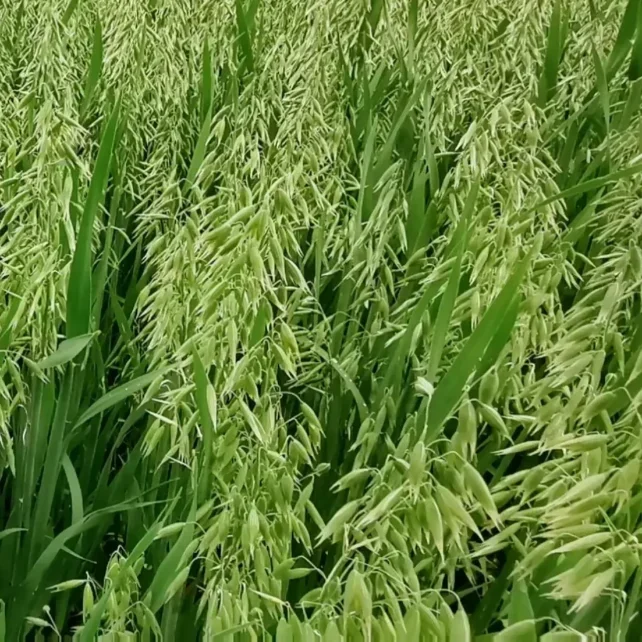
Previous image
Next image
Utility and agriicultural features
Type of variety
yellow-grained
Earing date
late
Full maturity date
medium
Husk proportion
28%
Plant height
95 cm
Seed protein
5 high
Fat content
5 medium
Resistance to lodging
5,6 good
Soil requirements
low
Tolerance to soil acidity
good
TGW
37,8 g
Seed density (pcs per sq.m)
350-450 pcs
Disease resistance according to Coboru:
Powdery mildew
7,5 high
Helminthosporium
7,4 high
Oat rust
6,8 medium
Stem rust
7 medium
Leaf septoria
8 very high

